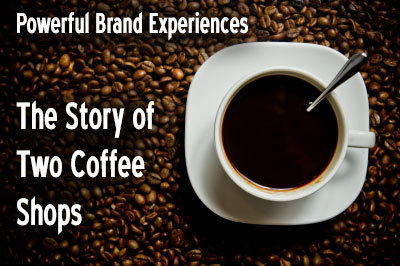You have the key, and there’s gas in the tank. You just need to start it up.

YES – there are still businesses that haven’t yet made a move in to the world of social communications. It may be hard to believe, given the sheer volume of discussion about social media happening everywhere, but it’s true. For every socially-savvy business out there rocking the world of Twitter and being fascinating on Facebook, there are dozens more who are struggling to figure out what they should be doing, and where they should be doing it. There is a large portion of business owners who KNOW they need to be participating, and yet take one look at the vast array of social media tools available to them and think “Where do I possibly begin?!?”
It is for those people that it’s so crucial to provide simple, effective approaches to getting started in these communication channels so that they get off on the right path from the beginning.
Step 1 – Search for discussions

Social Media is all about generating conversation and interaction between your business and its communities. Rest assured, that no matter what product or service you may provide, someone somewhere is talking about you. You just need to search for them. Use search tools like SocialMention as a compass to point you in the right direction, and to get an idea about where the action is occurring. This tool will tell you on what sites the conversations are happening, and also an overview on whether they are typically happy, angry, or neutral about the topics of discussion. Once you’ve found where people are talking, proceed to Step 2.
Step 2 – Read the content

Now that you’ve found where the conversations are happening, whether it be on blogs, Twitter, Facebook, or somewhere else, the time has come to listen intently to every word. Before you can start posting your thoughts, it’s crucial to understand how these communities are talking to each other, and about you. Jumping right in with a ‘BIG SALE THIS WEEK!!’ message might be the worst possible thing you could do. You want to COMPLEMENT the conversations and CONTRIBUTE to them, not shout over them with slogans and your daily specials.
3 – Determine what value you bring

As mentioned in Step 2, in order to be well received by the community, you need to complement the discussions taking place, and contribute to them. How you do this depends entirely on what value you bring to these conversations. Most people follow brands and companies for one (or a combination) of three reasons:
Entertainment – Videos, photos, blog posts, links that amuse or impress, etc.
Education – Helpful tips, tricks, advice, troubleshooting, etc.
Exclusives – Deals, specials, or giveaways not available anywhere else.
If you can’t provide any of those, you’re not looking hard enough. The simplest way for most new businesses to contribute to the conversation without having to give discounts, or pretend to have a sense of humor (especially if your business doesn’t) is to be a helpful expert. Take the knowledge contained in your business and share it with your community.
4 – Share, and share, and then share some more

Once you’ve found the value you bring to your community, let it loose. Don’t hold it back, but give it freely and openly. Become the expert on your topic. Share the awesome photos you’ve accumulated over the years. Give your communities a special appreciation discount code. Every time you share, you generate value you didn’t have before. Every time you make them smile, you’re generating positive brand awareness. Every time you answer their question, you take away the opportunity for a competitor to do the same.
So there you have it. A simple 4-step approach that can be used for any company, anywhere to get a handle on how they can approach social communications. The real clincher to this strategy is Step 3 – Regardless of the channel you choose, you need to provide value. If you’re not giving your community something they wouldn’t otherwise have, in a format that makes them want to see it, all you’re doing is advertising to them. If they get the sense that this is what your social media content is all about, don’t be surprised if their fingers move to that ‘Unfollow’ button before you even have a chance to say ‘hello’.
The most important thing to keep in mind when participating in social communications is ‘Am I helping myself, or my community?’. The answer to this question is much easier to determine than you’d think. Just look at what you want out of the companies that you personally follow, and realize that your business’ community is no different. Keep that mindset, and you’re already on your way to social success.
This article originally written for http://crowdshifter.com


























